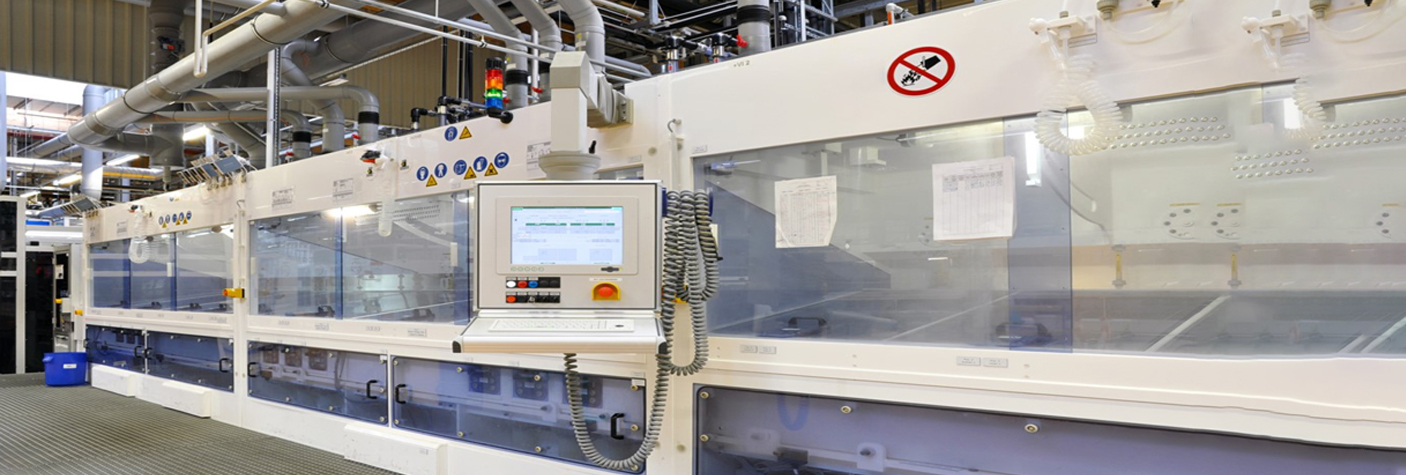 |
Semiconductor Plastic
|
Semiconductor manufacturing is a delicate process, as it requires a lot of precision with no margin for error. The facilities need to be extra clean, plus the materials used must be durable and heat resistance, along with other properties needed for such facilities. That is why semiconductor plastic needs to be carefully chosen which adhere to those guidelines.
Among a host of plastic variants available industrywide, only 3 variants of plastic are preferred in semiconductor industry. They are:
High Density Polyethylene (HDPE)
High density polyethylene is everything that is desirable in a semiconductor plastic; it is strong, durable, chemical resistant and heat resistant. It is highly versatile and can be worked easily, so they are used to make many parts, components and accessories for the semiconductor industry. The plastics need to be of high quality, durable, rigid and highly pure, so HDPE is the perfect plastic variant for the same. High density polyethylene’s main advantage over other plastics is that it is cheaper than most other semiconductor materials, making it an economically viable solution for most small, medium and large scale industries that are involved in semiconductor industries.
Polycarbonate
Polycarbonate is a unique plastic variant that has diverse applications not only in the semiconductor industry, but also in other industries that deal with manufacturing and packaging. Its main advantage over most other plastics is its strength; it is very strong, one of the strongest plastic available on market right now. It is used to make critical semiconductor components such as pipes, pipe components, valves, tubes, filters, purifiers and other such applications. Polycarbonate has other useful properties that is desirable for use in semiconductor industry such as resistance against acids, resistance against bases, low smoke emitting, high resistance against fires, good resistance against electricity. The ability to resist electricity and prevent their accumulation is of absolute importance in the semiconductor industry as it prevents accumulation of static electricity near semiconductor chips. Static electricity can make a chip go haywire and destroy it if present in excess.
Polypropylene
Polypropylene can be said as a cheaper alternative to the slightly more capable high density polyethylene plastic variant (HDPE). One thing polypropylene does better than HDPE is its resistance against harsh chemicals such as strong acids and bases. Because of this, it is often used to make critical components of a semiconductor chip such as electrical insulators and chip parts. It is also used for making bigger objects such as workbenches and tables for making semiconductor parts. It is cheaper than HDPE, hence often used in small to medium scale industries.
Custom Semiconductor Plastic
Many companies that specialize in manufacturing semiconductor plastic have some of their own designs and custom variants available for clients. These custom semiconductor plastics are often a variant of any of the 3 above mentioned semiconductor plastics, and tweaked according to their own or client specifications for specific tasks. Such custom plastics are typically built to order, unlike generalized semiconductor plastics are that widely available.